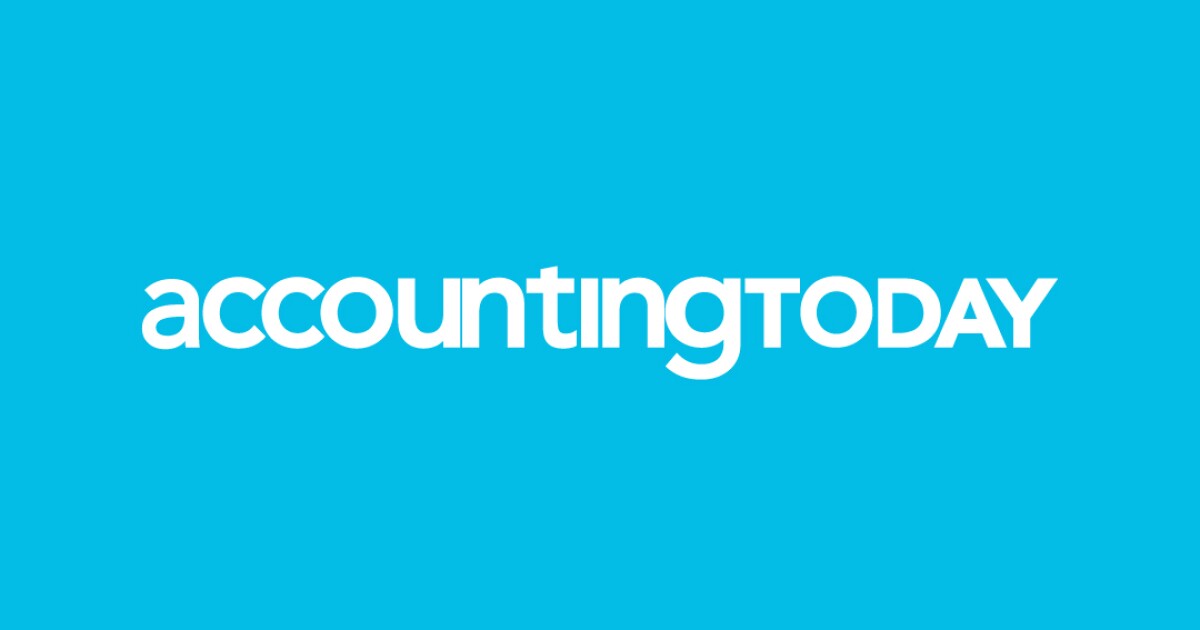Client accounting services — or is it client accounting & advisory services? — has been a buzzword across the accounting profession for years. Yet, despite its prevalence and the potential it holds to redefine professional services, a consensus on its definition seems elusive.
Different firms, as well as different authoritative bodies like the American Institute of CPAs and CPA.com, offer varied interpretations of what CAS encompasses. This diversity in understanding reflects the evolving nature of accounting and the need to align these services with client expectations and the rapidly changing business landscape. In other words, the profession needs to view these services from the client’s perspective, rather than from the inside out.
The challenges
At its core, CAS/CAAS aims to transcend traditional transactional and compliance services, venturing into the realms of advisory and consulting. However, the transition is fraught with challenges, primarily due to the heterogeneous nature of the definitions provided by service providers.
Each firm tailors its CAS/CAAS offerings based on its strength, market position and client needs. This diversity leads to a spectrum of services that, while beneficial, complicate the task of setting industrywide standards and create confusion in the market.
The AICPA and CPA.com have been at the forefront of efforts to bring uniformity to what CAS entails. Their definitions often emphasize the integration of technology, strategic planning, and business process improvement into accounting services. Nonetheless, these efforts are juxtaposed against individual firms’ and non-CPA competitors’ definitions, which might prioritize specific service aspects, such as financial planning, risk management or digital transformation consulting.
From transactional to transformative
To navigate the complexity of CAS/CAAS, it’s helpful to consider the services under four broad categories: transactional, compliance, advisory and consulting. Capacity is a challenge at the transactional and compliance level, while capability becomes a challenge at the advisory and consulting levels. The following definitions will hopefully provide some clarity.
Transactional services include day-to-day bookkeeping and accounting tasks. While essential, they are increasingly becoming automated through software solutions and artificial intelligence, pushing firms to consider higher-value offerings. AI is everywhere in the business capability model.
Compliance services ensure that clients meet regulatory requirements and reporting standards. Although critical, these are often seen as baseline services that many clients expect as a given, while many providers view them as highly technical and advisory.
Advisory services represent a step up, focusing on providing strategic advice to help clients better manage their finances, optimize operations, and plan for growth.
Consulting services delve into more specialized areas such as financial modeling, visioning/planning, mergers and acquisitions, and technology implementations. Here, the expertise is not just in accounting but in leveraging financial insights to drive business transformation.
Advisory and consulting services are more of a team sport, while the rugged individual can often meet the wants and needs of transactional and compliance services.
Aligning with market wants and needs
Amid these challenges and rapid change, there is a growing recognition of the need to brand and package service offerings in a way that resonates with clients. This means moving beyond jargon and profession-specific language to articulate the tangible benefits these services can deliver.
For clients, the value of these services is not in the technicalities of what the firm offers but in how these services help them achieve their business objectives. Too many firms get caught in their silos, restricting data flow and communications. They are also caught in the existing business model, believing time is money, rather than money is time.
Whether improving financial visibility, strategic growth planning or operational effectiveness, firms must package and price these services as part of the client’s success story. In other words, how does the firm make the client the hero?
This client-centric approach requires a deep understanding of the challenges and opportunities within specific industries and the ability to tailor services accordingly.
Competing strategies
Most firms have elected to add corresponding services to tax and accounting (transactional and compliance), but is it more compelling to start with a blank slate, determine target clients, and then package services around those clients while including tax and accounting in the package, rather than leading with tax and accounting? From the market’s perspective, clients want advisory and consulting services and require transactional and compliance services. Value is determined by the client, not by the provider. Most firms have too many clients and are underserving their ideal clients.
The future of CAS/CAAS
The future is promising but demands a concerted effort from firms to redefine and align their services with the evolving market. This includes a continuous investment in technology and talent, fostering a culture of innovation, and developing a nuanced understanding of the industries served.
Moreover, as the profession navigates the impacts of outsourcing and AI, it is crucial to embrace these changes as opportunities rather than dangers. Branding is a marketing function. The accounting profession should rethink its approach to marketing and sales. Order-taking is no longer enough. Professional marketing and sales are needed to sustain and grow the profession’s relevance.
Action plan for alignment and innovation
Here are your next steps as you move your firm forward in CAS/CAAS:
1. Begin with a blank slate. Challenge the status quo by reimagining your service offerings from the ground up. What is your vision for the next three years? Do you have a strategic plan to support that vision? This process involves identifying ideal client profiles and understanding their evolving needs, which extends beyond traditional accounting services.
2. Embrace ideation and experimentation. Innovation is the result of creativity and experimentation. Foster a culture that encourages creative thinking and experimentation, allowing for developing new services and delivery models that respond to the changing business environment.
3. Leverage technology and AI. Strategically applying outsourcing and AI technologies can enhance efficiencies and enable team members to focus on high-value advisory and consulting services. This transition requires investment in technology and training to increase capacity and capabilities. AI is everywhere (or should be) in your firm.
4. Focus on client-centric service design. Design your service offerings with the client at the center, ensuring you address their specific business challenges and opportunities. This approach enhances client satisfaction and positions the firm as a stakeholder in client success. It can also allow team members to operate according to their unique abilities.
5. Navigate the impact of private equity. Consider the strategic implications of private equity in the accounting profession. This may involve evaluating opportunities for investment in technology, talent and market expansion to drive growth and innovation.
6. Adopt a continuous-learning mindset. The shift toward advisory and consulting services demands a commitment to continuous learning and professional development. Engage in a peer community.
Overcoming the gravity of the past
Transforming to a more innovative and client-centric service model isn’t without its challenges. The accounting profession has historically been rooted in tradition, with a strong inclination toward maintaining the status quo. However, the gravity of the past should not outweigh the pull of the future, and the future is bright.
Firms willing to rethink their service models, embrace new technologies, and focus on delivering value-aligned services will be better positioned to thrive in the evolving landscape. Change leadership, process management, and project management are all required. We call this the Transformation Triangle!
Think — plan — grow!


 Economics1 week ago
Economics1 week ago
 Economics1 week ago
Economics1 week ago
 Economics6 days ago
Economics6 days ago
 Finance1 week ago
Finance1 week ago
 Economics1 week ago
Economics1 week ago
 Blog Post6 days ago
Blog Post6 days ago
 Personal Finance6 days ago
Personal Finance6 days ago
 Finance6 days ago
Finance6 days ago











